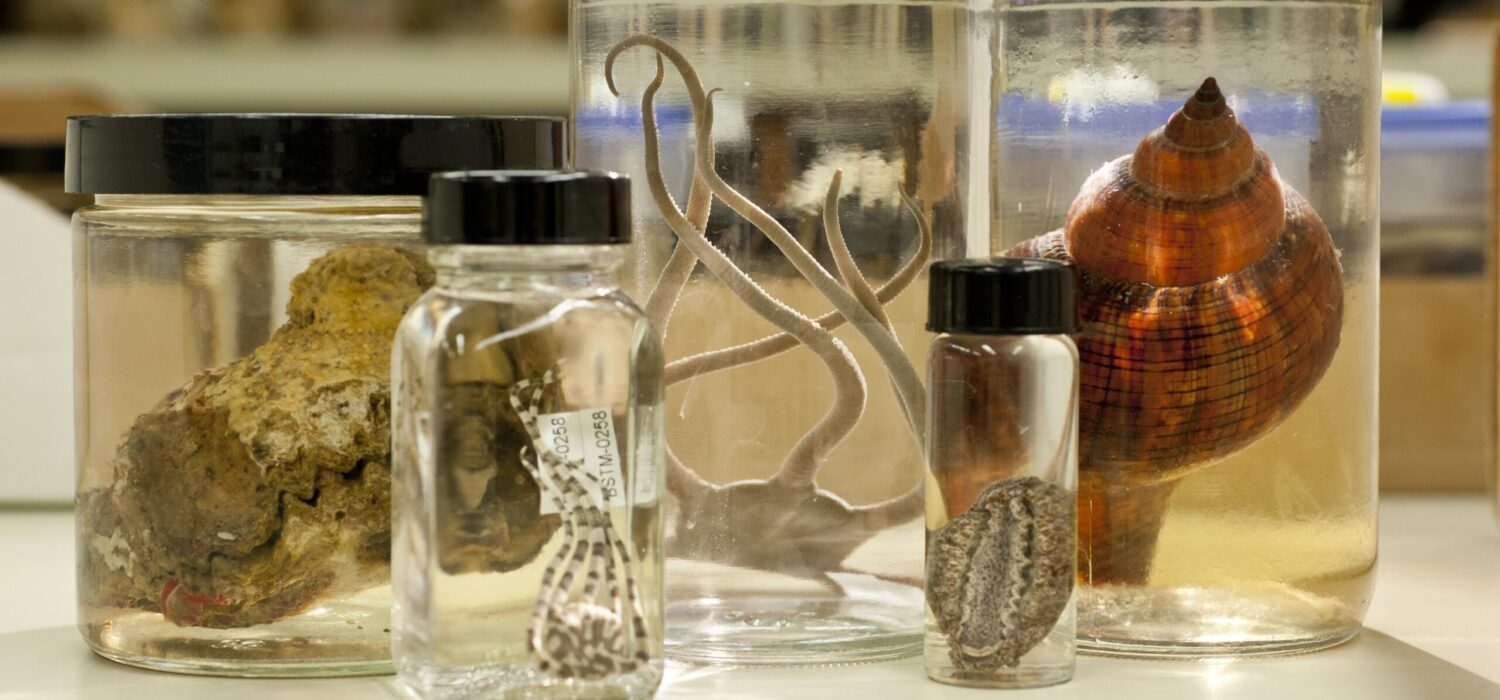Student Award for Appreciation of Insect Pests
Applications are being accepted for an award that recognizes student appreciation for the natural history of insect pests. The winner will receive $500 for the most interesting and inspiring research paper on an insect that is usually regarded as a pest. The award is sponsored by the Forest Entomology lab at the University of Florida […]

